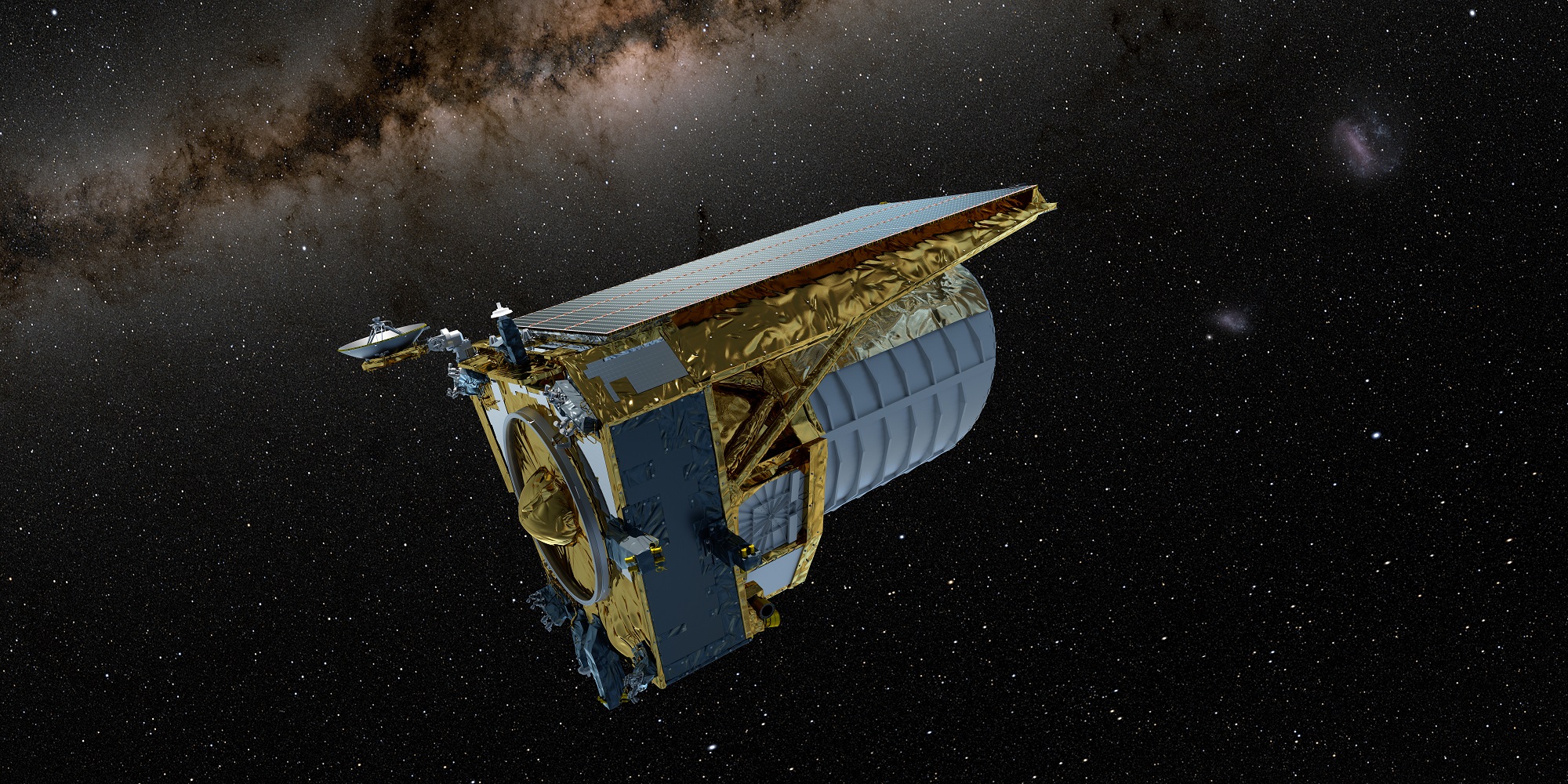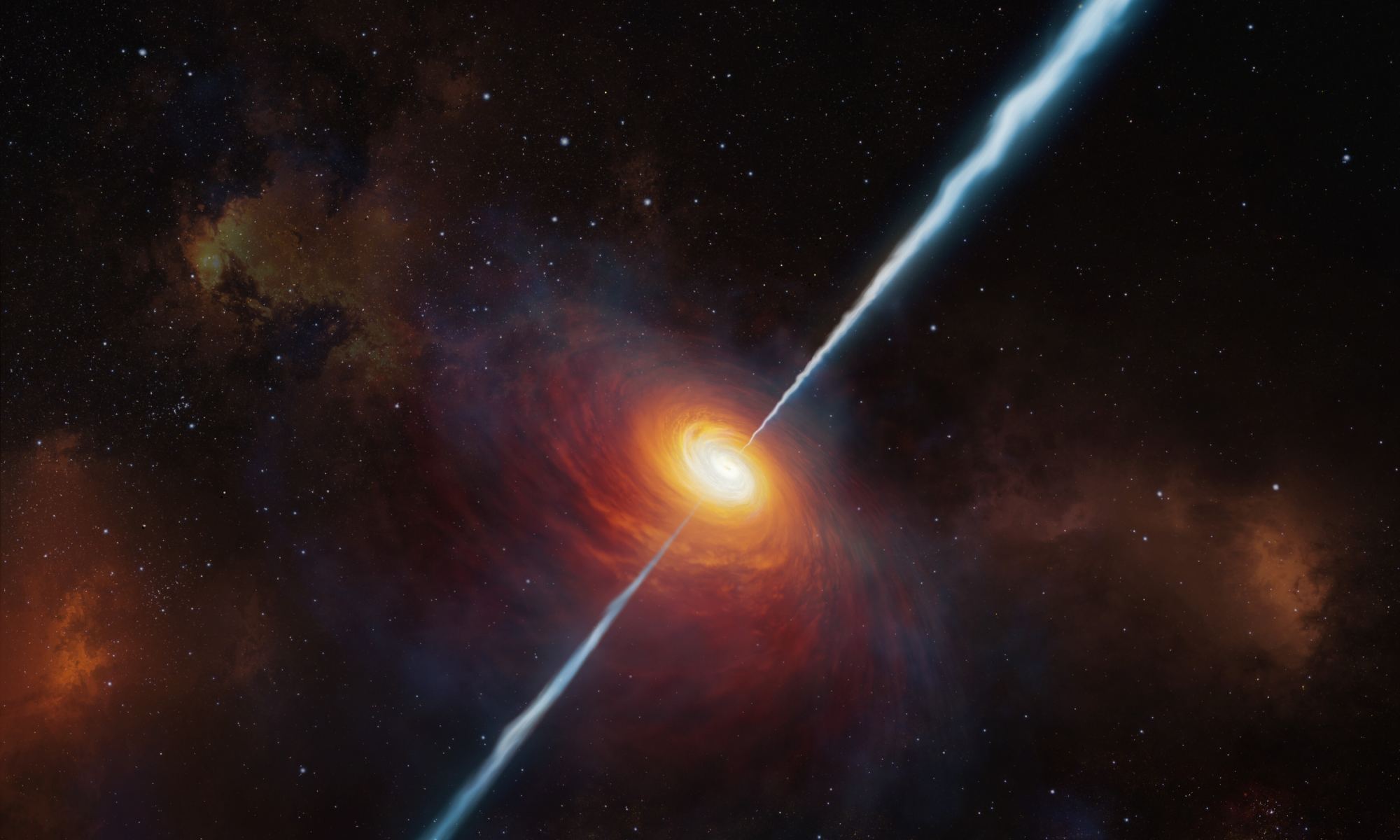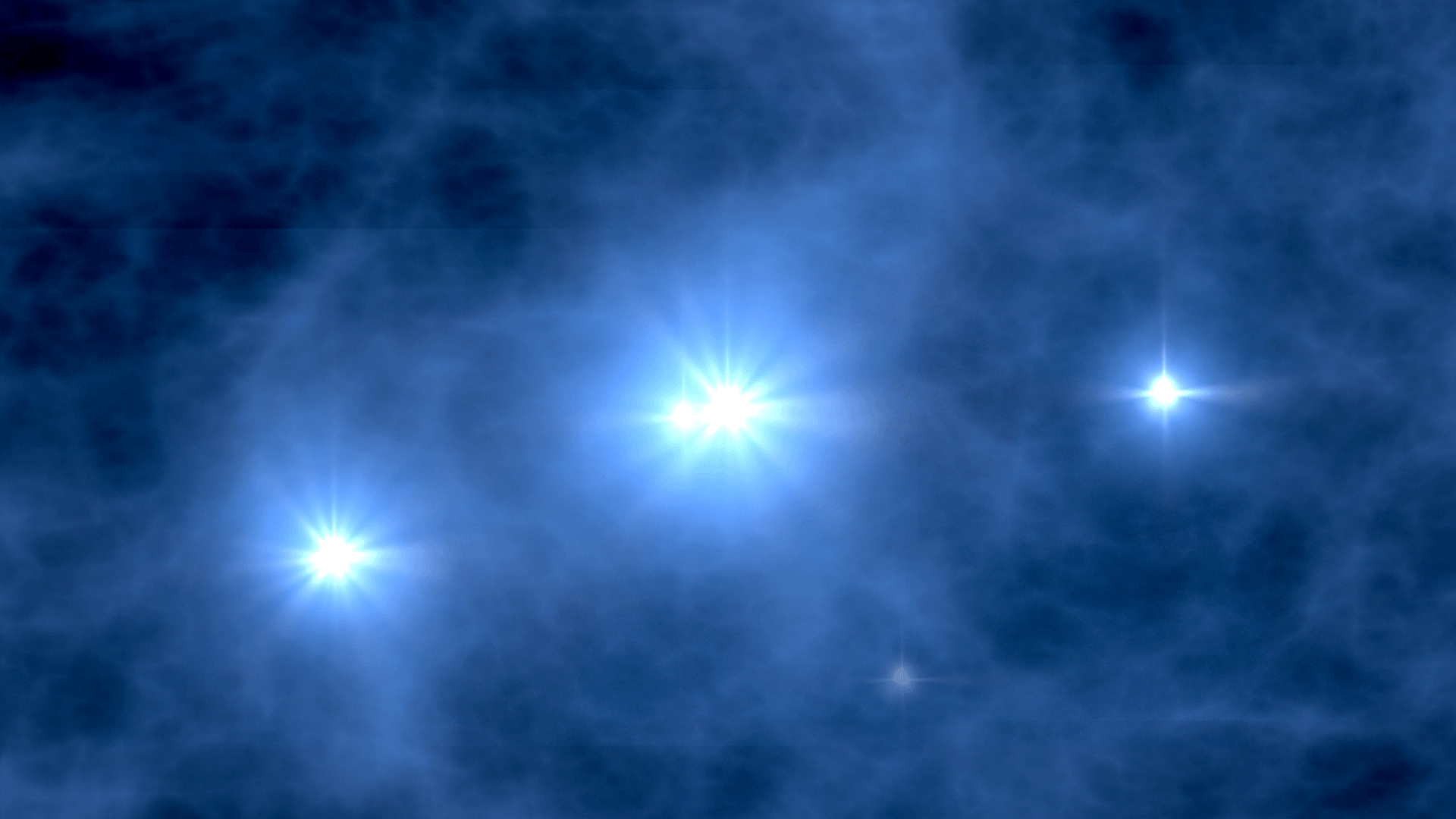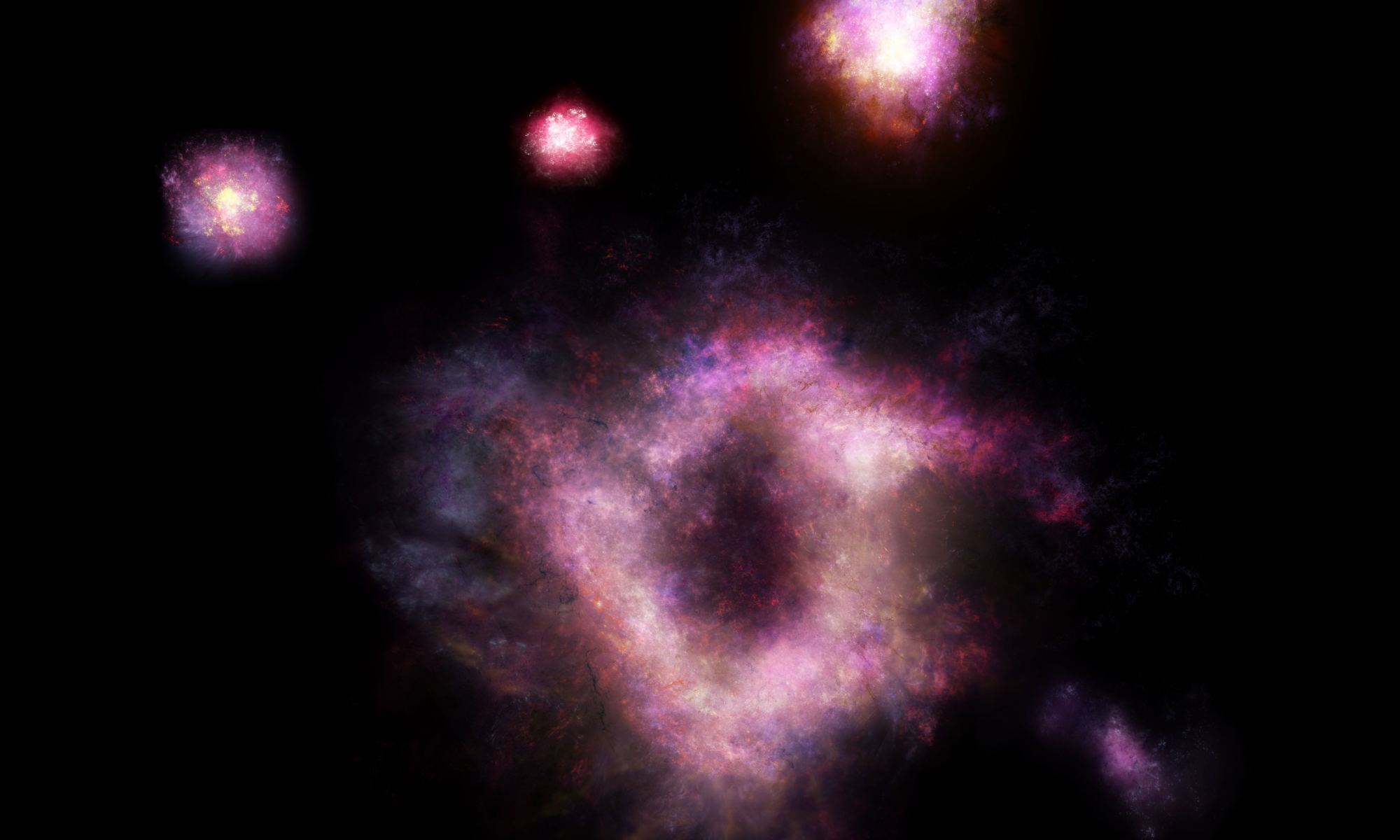On Saturday, July 1st (Canada Day!), the ESA’s Euclid space telescope lifted off from Cape Canaveral in Florida. This next-generation astrophysics mission will spend the next few weeks flying to the Earth-Sun L2 Lagrange Point, where it will spend the next six years observing one-third of the sky. During that time, Euclid will observe billions of galaxies to a distance of 10 billion light-years, leading to the most extensive 3D map of the Universe ever created. This map will help astronomers and cosmologists resolve the lingering mystery of Dark Matter and Dark Energy (DM & DE).
Continue reading “ESA's Euclid Mission is Off to Explore the Dark Universe”The First Light in the Universe Helps Build a Dark Matter Map
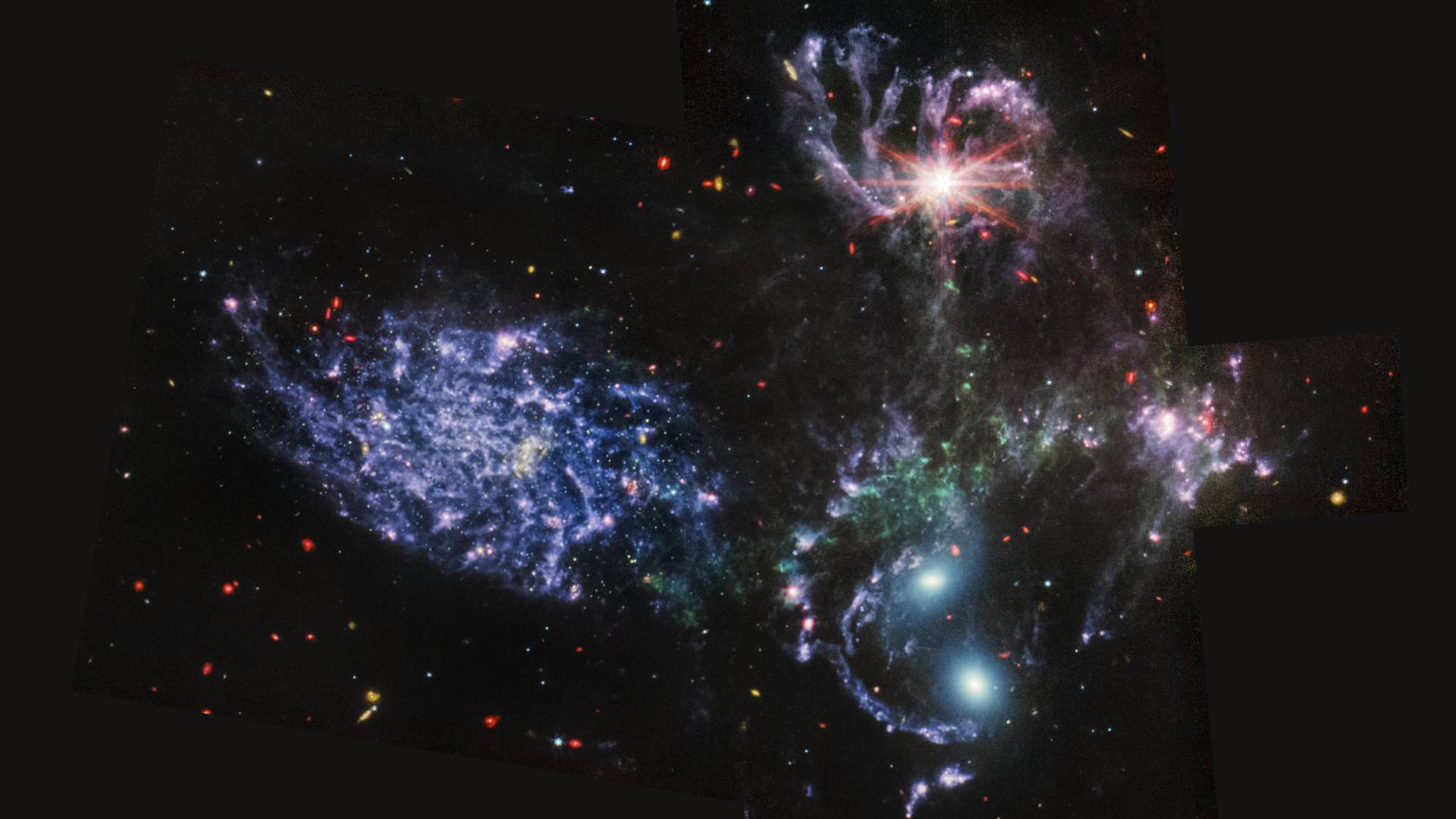
In the 1960s, astronomers began noticing a pervasive microwave background visible in all directions. Thereafter known as the Cosmic Microwave Background (CMB), the existence of this relic radiation confirmed the Big Bang theory, which posits that all matter was condensed onto a single point of infinite density and extreme heat that began expanding ca. 13.8 years ago. By measuring the CMB for redshift and comparing these to local distance measurements (using variable stars and supernovae), astronomers have sought to measure the rate at which the Universe is expanding.
Around the same time, scientists observed that the rotational curves of galaxies were much higher than their visible mass suggested. This meant that either Einstein’s Theory of General Relativity was wrong or the Universe was filled with a mysterious, invisible mass. In a new series of papers, members of the Atacama Cosmology Telescope (ACT) collaboration have used background light from the CMB to create a new map of Dark Matter distribution that covers a quarter of the sky and extends deep into the cosmos. This map confirms General Relativity and its predictions for how mass alters the curvature of spacetime.
Continue reading “The First Light in the Universe Helps Build a Dark Matter Map”Warm Carbon Increased Suddenly in the Early Universe. Made by the First Stars?
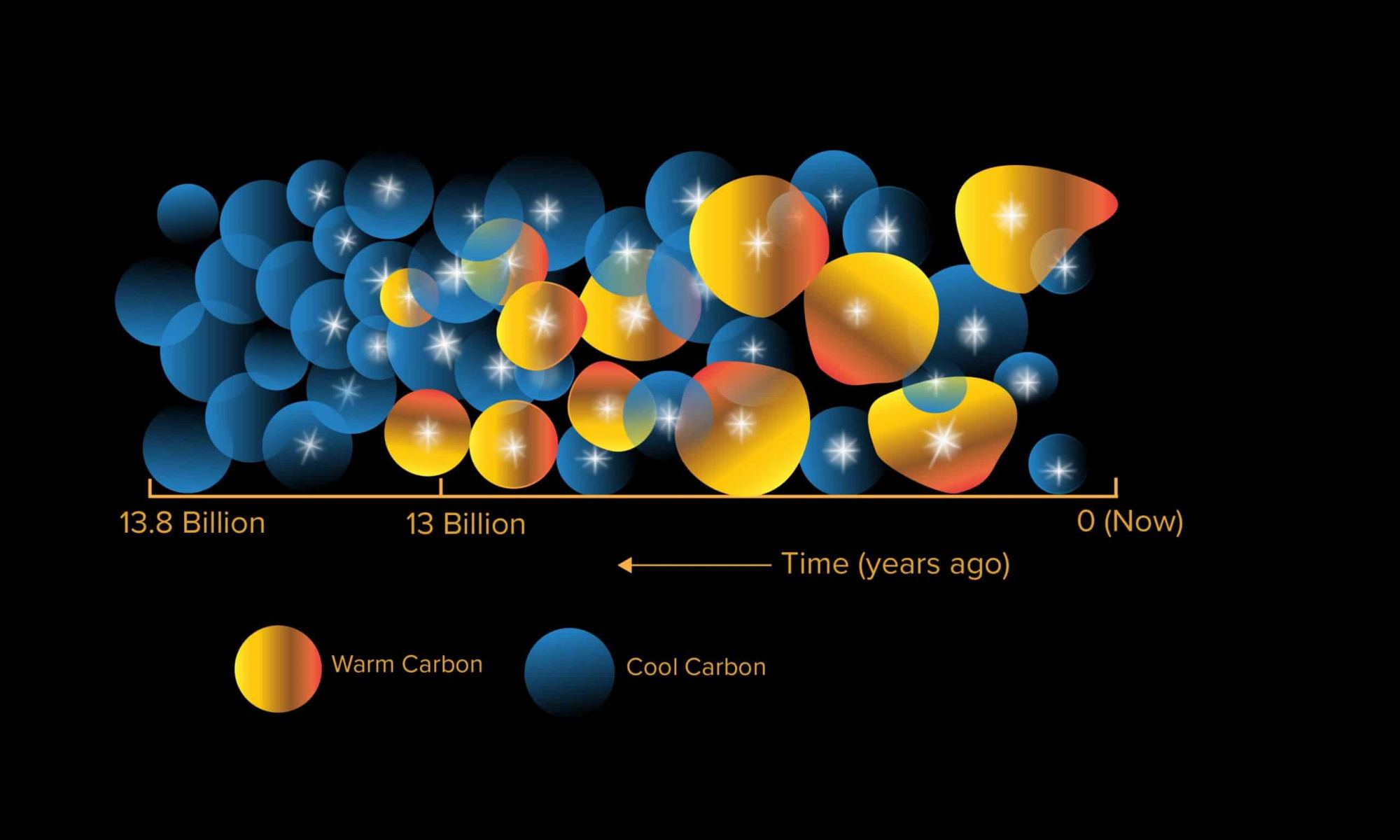
According to the most widely-accepted model of cosmology, the Universe began roughly 13.8 billion years ago with the Big Bang. As the Universe cooled, the fundamental laws of physics (the electroweak force, the strong nuclear force, and gravity) and the first hydrogen atoms formed. By 370,000 years after the Big Bang, the Universe was permeated by neutral hydrogen and very few photons (the Cosmic Dark Ages). During the “Epoch of Reionization” that followed, the first stars and galaxies formed, reoinizing the neutral hydrogen and causing the Universe to become transparent.
For astronomers, the Epoch of Reionization still holds many mysteries, like when certain heavy elements formed. This includes the element carbon, a key ingredient in the formation of planets, an important element in organic processes, and the basis for life as we know it. According to a new study by the ARC Center of Excellence for All Sky Astrophysics in 3 Dimensions (ASTRO 3D), it appears that triply-ionized carbon (C iv) existed far sooner than previously thought. Their findings could have drastic implications for our understanding of cosmic evolution.
Continue reading “Warm Carbon Increased Suddenly in the Early Universe. Made by the First Stars?”Supermassive Black Holes Formed Directly out of Enormous Streams of Cold gas
At the edge of known space are quasars. They are powerful cosmic engines capable of creating intense beams of light across billions of light years. And they are powered by supermassive black holes (SMBHs). Most galaxies have a SMBH, including our own galaxy, but for quasars to be so powerful their SMBHs must have become very large very quickly. We’re still learning just how they formed. We’ve long thought their formation involved a special set of circumstances, but a new study shows that early quasars could have formed purely from cold dark gas.
Continue reading “Supermassive Black Holes Formed Directly out of Enormous Streams of Cold gas”A new Simulation of the Universe Contains 60 Trillion Particles, the Most Ever
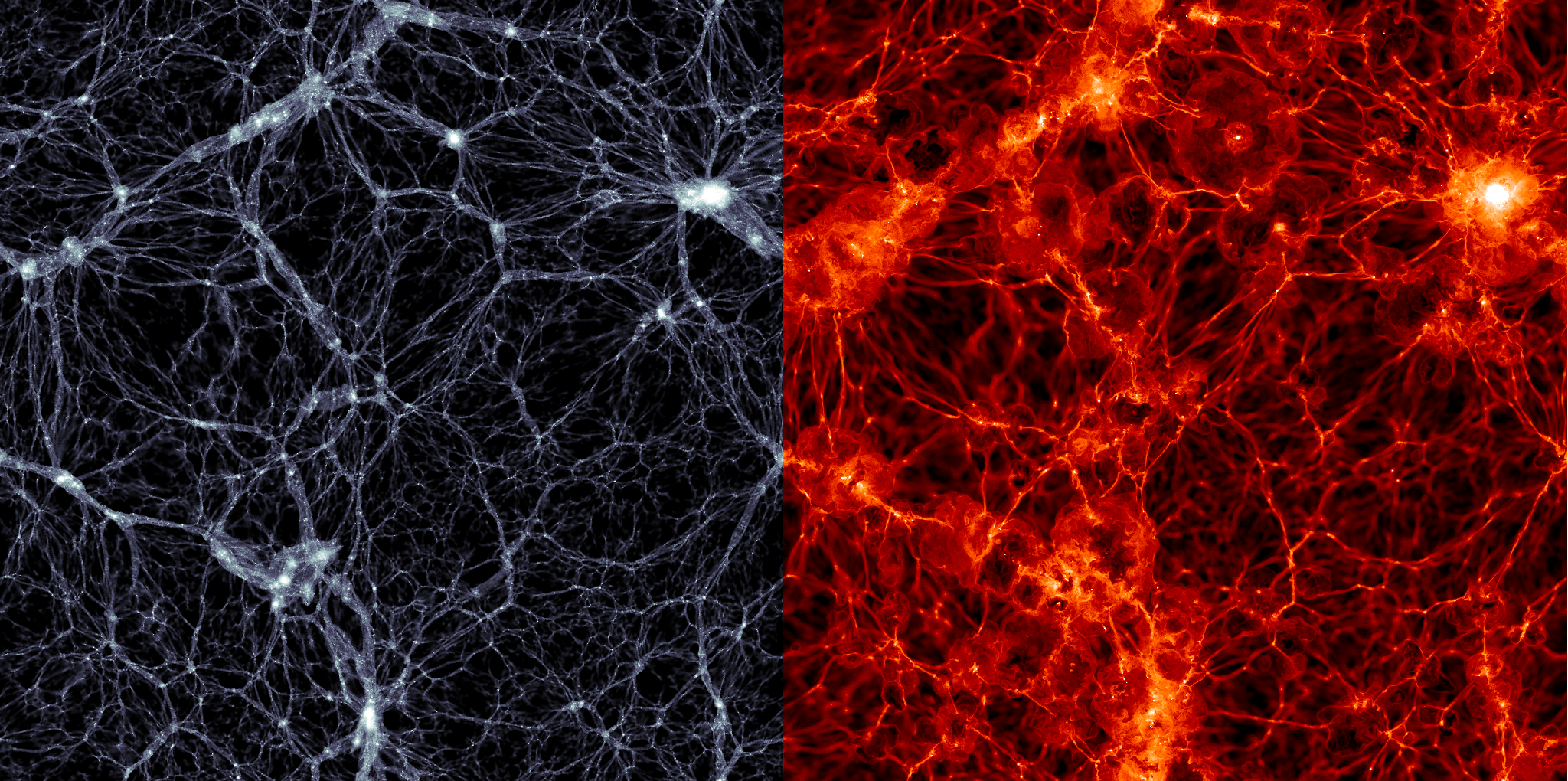
Today, the greatest mysteries facing astronomers and cosmologists are the roles gravitational attraction and cosmic expansion play in the evolution of the Universe. To resolve these mysteries, astronomers and cosmologists are taking a two-pronged approach. These consist of directly observing the cosmos to observe these forces at work while attempting to find theoretical resolutions for observed behaviors – such as Dark Matter and Dark Energy.
In between these two approaches, scientists model cosmic evolution with computer simulations to see if observations align with theoretical predictions. The latest of which is AbacusSummit, a simulation suite created by the Flatiron Institute’s Center for Computational Astrophysics (CCA) and the Harvard-Smithsonian Center for Astrophysics (CfA). Capable of processing nearly 60 trillion particles, this suite is the largest cosmological simulation ever produced.
Continue reading “A new Simulation of the Universe Contains 60 Trillion Particles, the Most Ever”A Dark Matter map of our Local Cosmic Neighborhood
Since it was first theorized in the 1970s, astrophysicists and cosmologists have done their best to resolve the mystery that is Dark Matter. This invisible mass is believed to make up 85% of the matter in the Universe and accounts for 27% of its mass-energy density. But more than that, it also provides the large-scale skeletal structure of the Universe (the cosmic web), which dictates the motions of galaxies and material because of its gravitational influence.
Unfortunately, the mysterious nature of Dark Matter means that astronomers cannot study it directly, thus prevented them from measuring its distribution. However, it is possible to infer its distribution based on the observable influence its gravity has on local galaxies and other celestial objects. Using cutting-edge machine-learning techniques, a team of Korean-American astrophysicists was able to produce the most detailed map yet of the local Universe that shows what the “cosmic web” looks like.
Continue reading “A Dark Matter map of our Local Cosmic Neighborhood”An Extreme Simulation of the Universe’s First Stars
For astronomers, astrophysicists, and cosmologists, the ability to spot the first stars that formed in our Universe has always been just beyond reach. On the one hand, there are the limits of our current telescopes and observatories, which can only see so far. The farthest object ever observed was MACS 1149-JD, a galaxy located 13.2 billion light-years from Earth that was spotted in the Hubble eXtreme Deep Field (XDF) image.
On the other, up until about 1 billion years after the Big Bang, the Universe was experiencing what cosmologists refer to as the “Dark Ages” when the Universe was filled with gas clouds that obscured visible and infrared light. Luckily, a team of researchers from Georgia Tech’s Center for Relativistic Astrophysics recently conducted simulations that show what the formation of the first stars looked like.
Continue reading “An Extreme Simulation of the Universe’s First Stars”There’s a Black Hole With 34 Billion Times the Mass of the Sun, Eating Roughly a Star Every Day
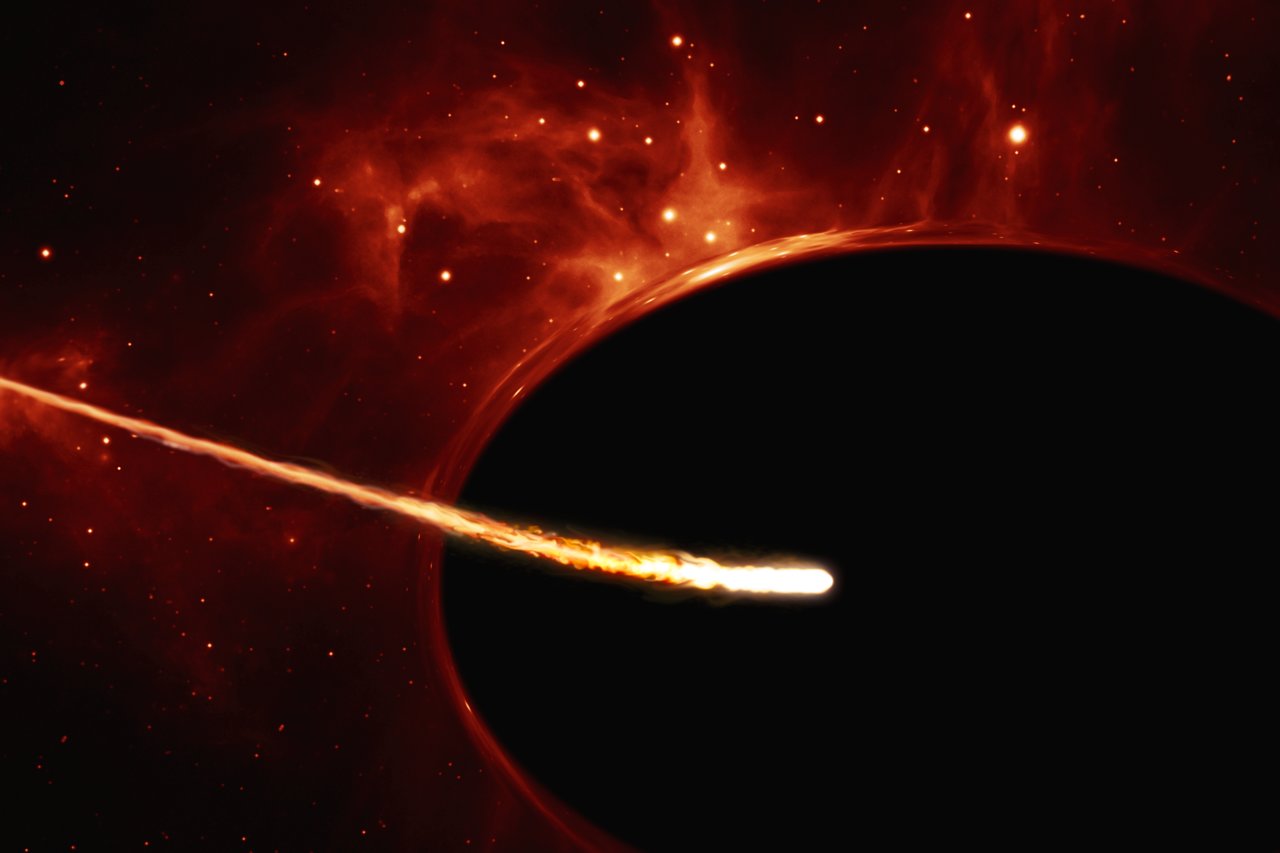
In the 1960s, astronomers began theorizing that there might be black holes in the Universe that are so massive – supermassive black holes (SMBHs) – they could power the nuclei of active galaxies (aka. quasars). A decade later, astronomers discovered that an SMBH existed at the center of the Milky Way (Sagittarius A*); and by the 1990s, it became clear that most large galaxies in the Universe are likely to have one.
Since that time, astronomers have been hunting for the largest SMBH they can find in the hopes that they can see just how massive these things can get! And thanks to new research led by astronomers from the Australian National University, the latest undisputed heavy-weight contender has been found! With roughly 34 billion times the mass of our Sun, this SMBH (J2157) is the fastest-growing black hole and largest quasar observed to date.
Continue reading “There’s a Black Hole With 34 Billion Times the Mass of the Sun, Eating Roughly a Star Every Day”Rare “Ring Galaxy” Seen in the Early Universe
One of the greatest benefits to come from space telescopes and ground-based observatories that take advantage of advanced imaging techniques is their ability to see farther into space (and hence, further back in time). In so doing, they are revealing things about the earliest galaxies, which allows astronomers to refine theories of how the cosmos formed and evolved.
For example, new research conducted by the ARC Centre of Excellence for All Sky Astrophysics in 3 Dimensions (ASTRO 3D) has found a “ring galaxy” that existed 11 billion years ago (about 3 billion years after the Big Bang). This extremely rare structure, which the team describes as a “cosmic ring of fire,” is likely to shake up cosmological theories of how the cosmos has changed over time.
Continue reading “Rare “Ring Galaxy” Seen in the Early Universe”Astronomers See the Farthest Galaxy Group Ever Found, When the Universe was Only 5% of its Current Age

By looking deeper into space (and farther back in time), astronomers and cosmologists continue to push the boundaries of what is known about the Universe. Thanks to improvements in instrumentation and observation techniques, we are now at the point where astronomers are able to observe some of the earliest galaxies in the Universe – which in turn is providing vital clues about how our Universe evolved.
Using data obtained by the Kitt Peak National Observatory, a team of astronomers with the Cosmic Deep And Wide Narrowband (Cosmic DAWN) Survey were able to observe the farthest galaxy group to date. Known as EGS77, this galaxy existed when the Universe was just 680 million years old (less than 5% of the age of the Universe). Analysis of this galaxy is already revealing things about the period that followed shortly after the Big Bang.
Continue reading “Astronomers See the Farthest Galaxy Group Ever Found, When the Universe was Only 5% of its Current Age”
